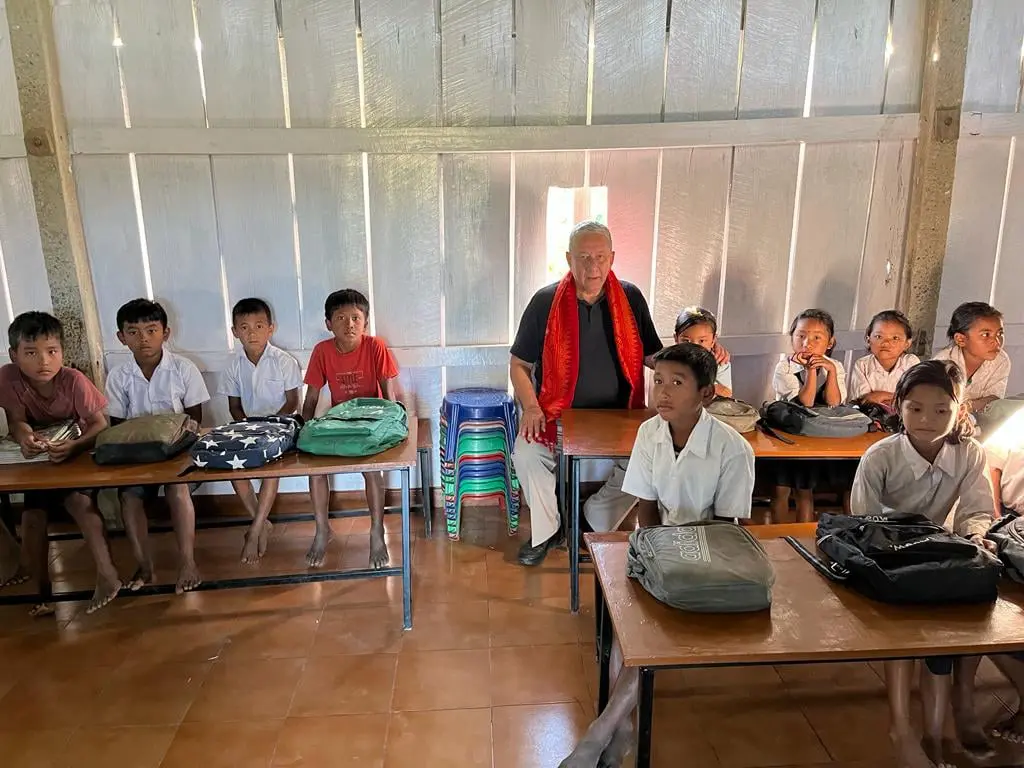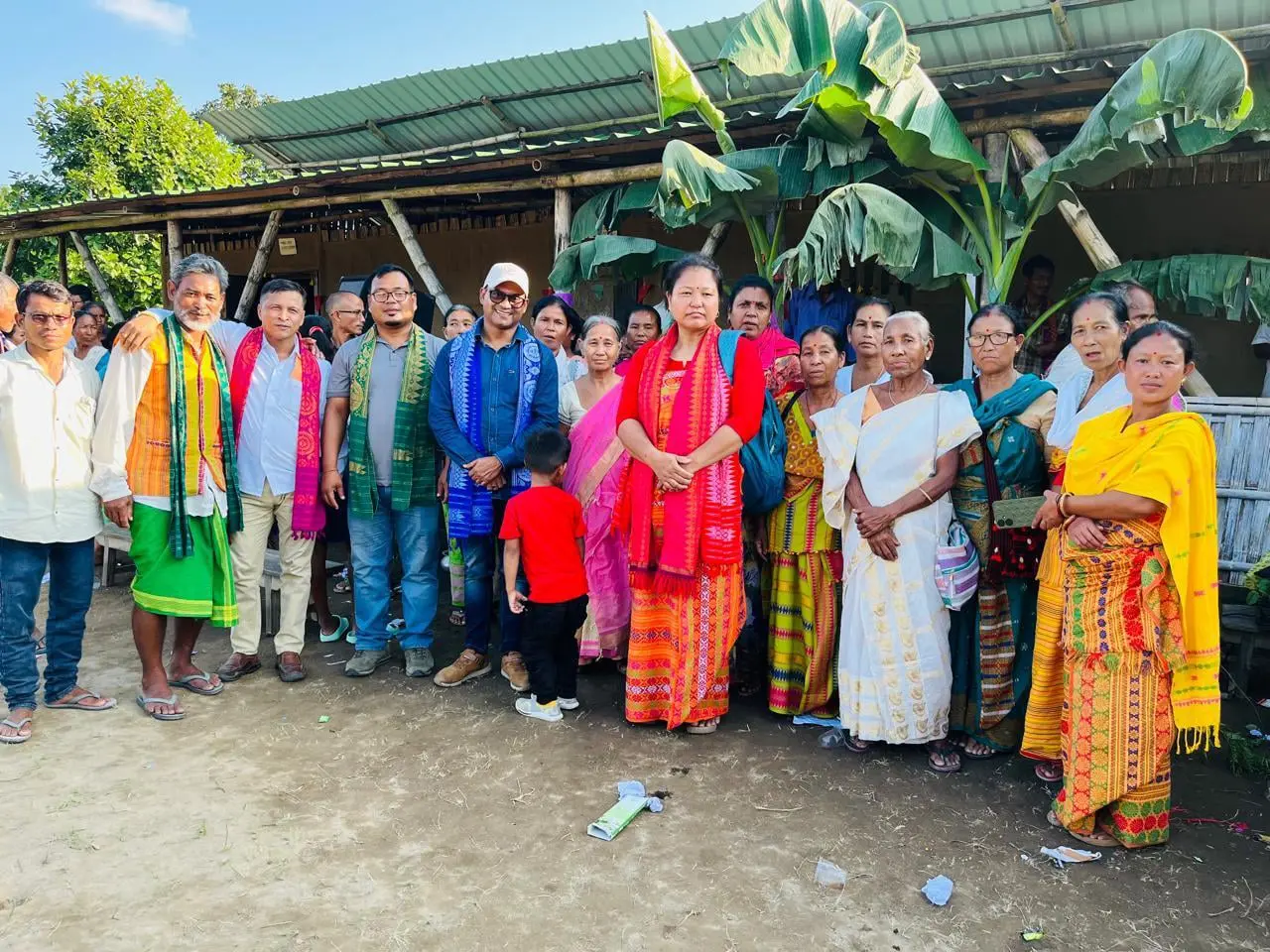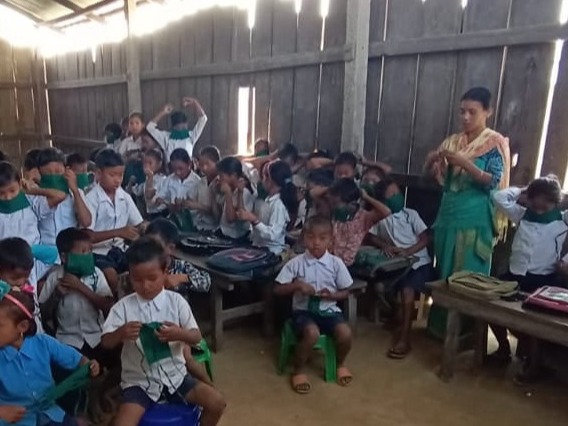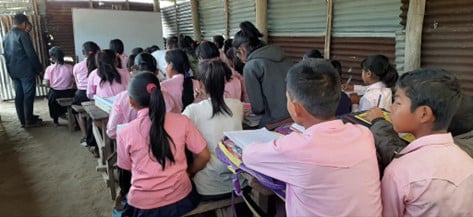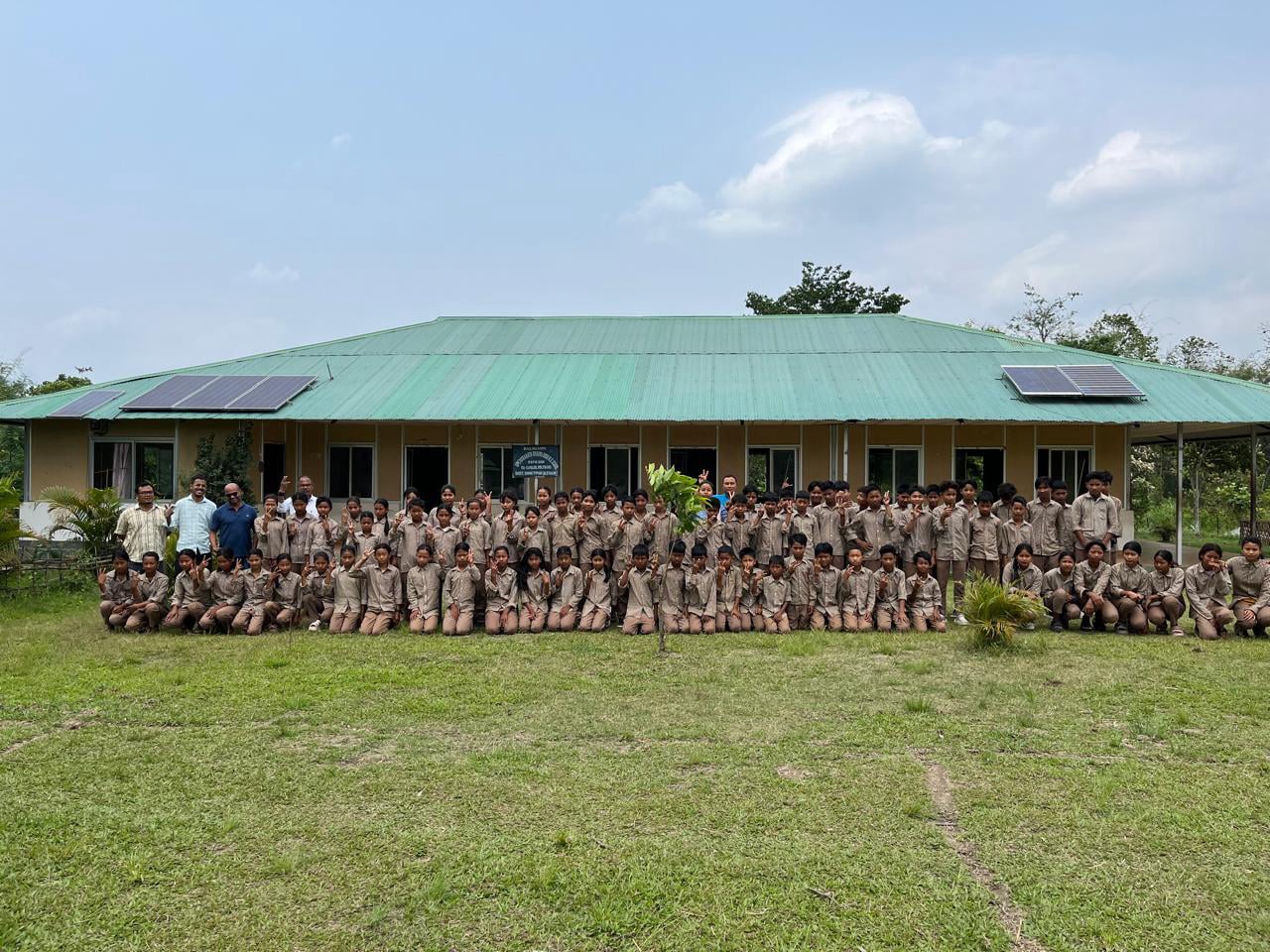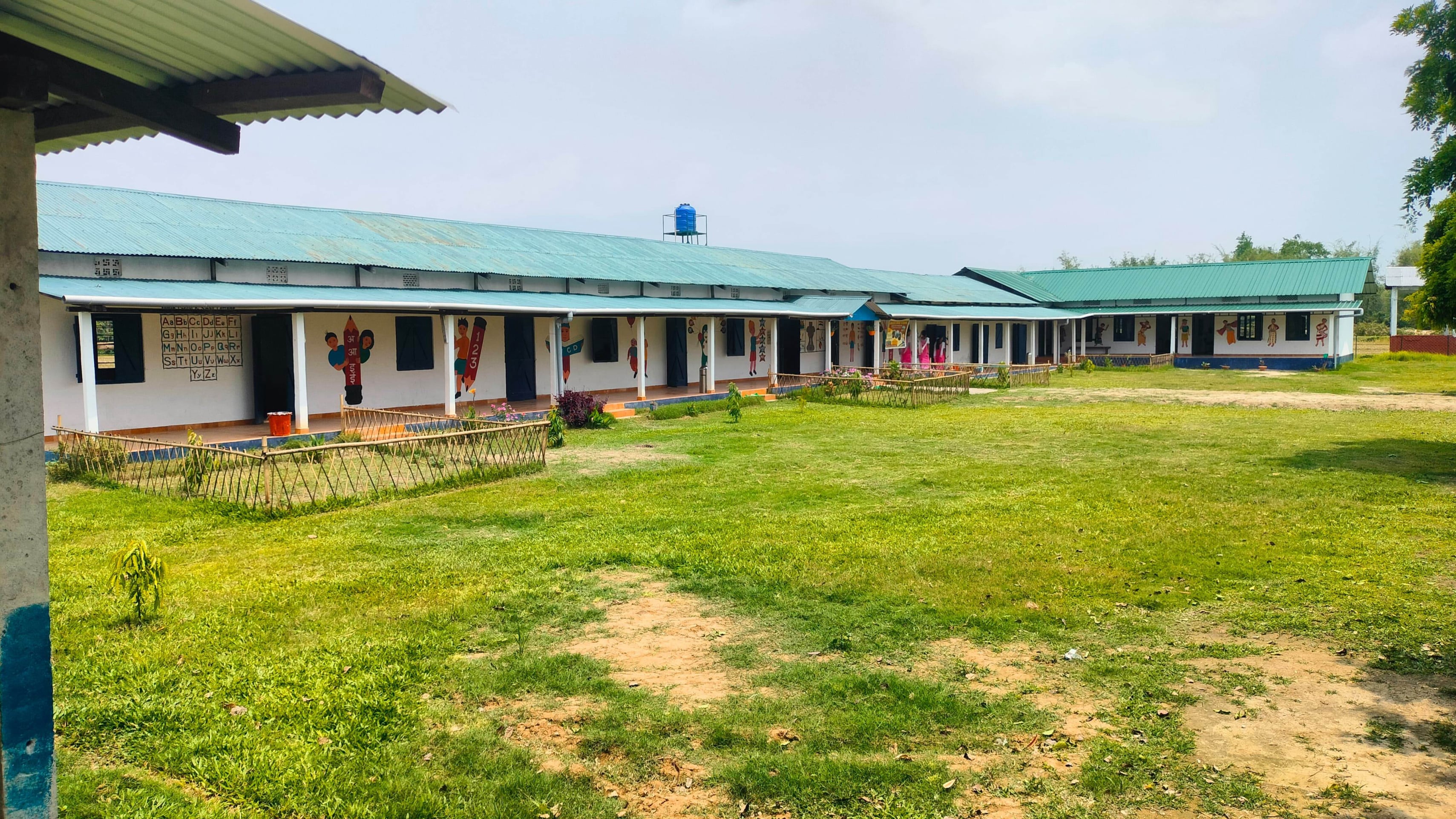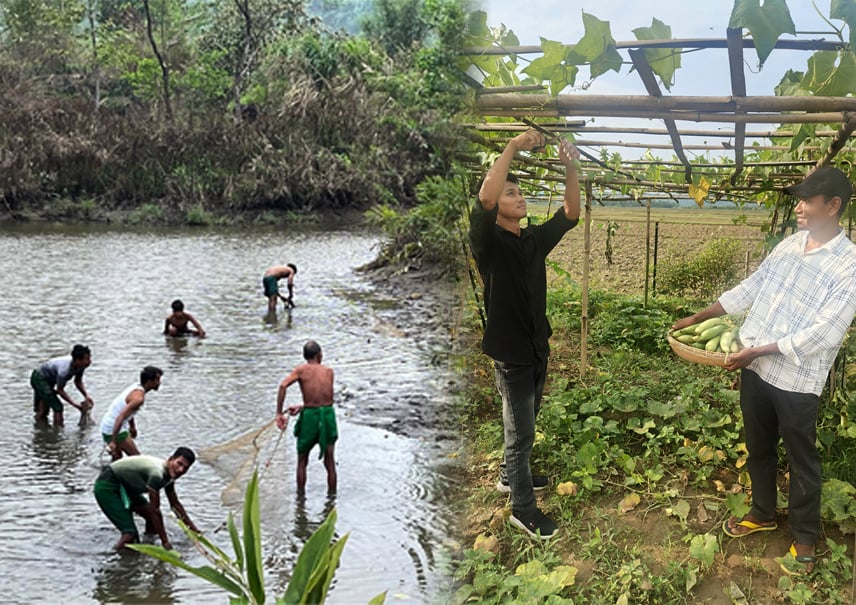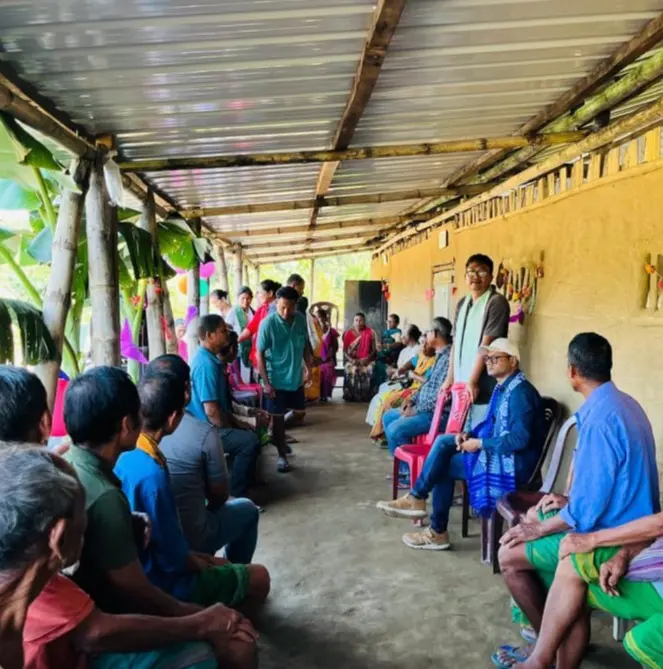Transforming Education in: Forest Fringe Areas
AIAS has made significant strides in transforming schools in the forest fringe areas of Assam, particularly in Baligaon, Sonitpur District. One of the flagship successes of the FFS Model is the transformation of the Upendranath Brahma M.E. School in Balipara, which had long struggled with high dropout rates and poor infrastructure.
Prior to AIAS’s intervention, the school faced severe challenges in retaining students due to the lack of basic amenities. Today, however, thanks to improved infrastructure, better resources, and continuous support, the school now accommodates over 200 students from 17 nearby villages every year. This is a remarkable achievement, demonstrating the power of focused investment and community involvement in transforming education.
In addition to Upendranath Brahma M.E. School, AIAS has also successfully developed and supported Baligaon Malsing L.P. School, Mainaogiri L.P. School, and Gwjwnfwthar L.P. School, all located in forest fringe areas. These schools collectively support more than 150 students from the surrounding communities, providing them with access to education that was once unavailable to them.
